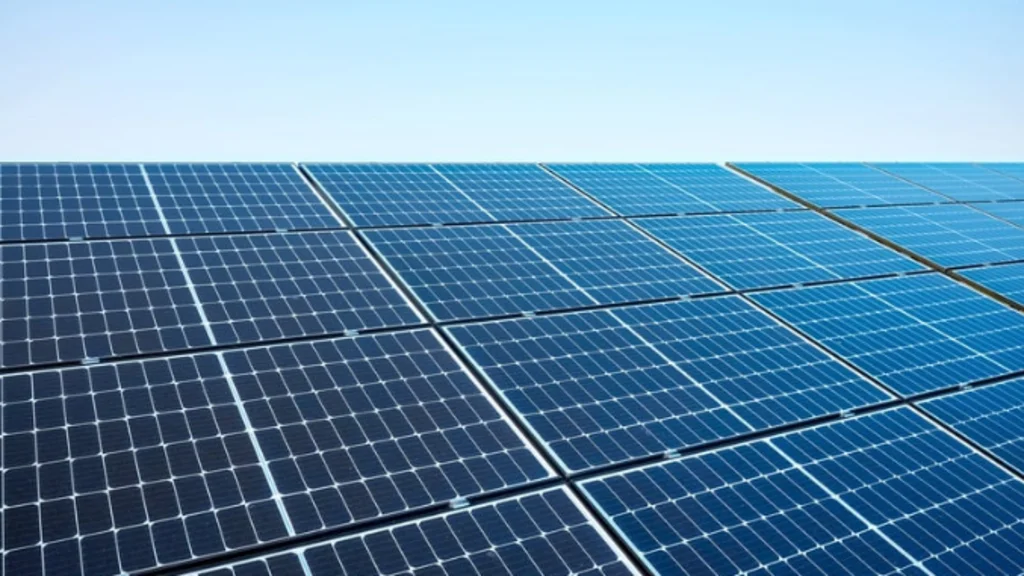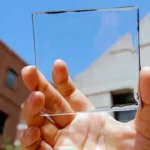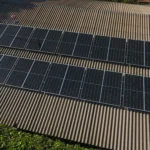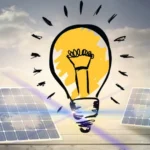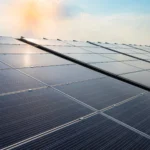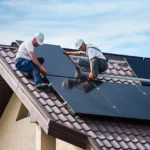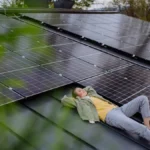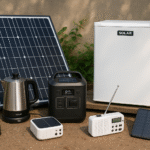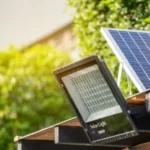Ever wondered how far solar energy can go beyond just powering your lights? You’re not alone. As solar adoption grows worldwide, the range of solar uses continues to expand from rooftop panels and backyard lighting to electric vehicle charging and full off-grid living. But how do these systems perform in real life? And are they as efficient and reliable as advertised?
Let’s explore the many ways solar power is transforming how we live, drive, and do business, along with real tips, expert guidance, and honest pros and cons every solar-curious person should know.
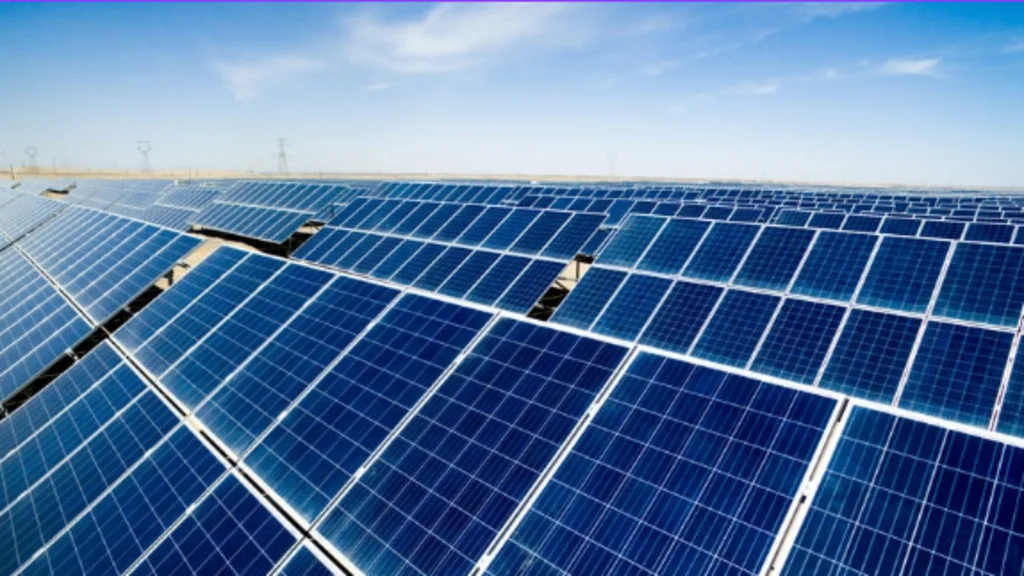
What Are the Main Solar Uses Today?
Solar energy has become a practical solution for reducing electricity costs and minimizing environmental impact. While rooftop systems remain the most visible example, solar technology now powers a wide range of applications, from vehicles to farms and industrial complexes.
These diverse applications make solar one of the most flexible energy sources available. Below are some of the most common and impactful solar uses today.
Residential Energy
Homeowners use rooftop solar systems to reduce grid dependency and electricity bills. Systems typically include photovoltaic (PV) panels, an inverter, and optional batteries for storage.
EV Charging
Solar-powered electric vehicle (EV) charging stations let you drive on sunshine. These setups combine rooftop or ground-mounted panels with a home EV charger.
Outdoor & Garden Lighting
Solar garden lights, fence post lights, and walkway LEDs are cost-efficient and easy to install, requiring no wiring or electricity bills.
Off-Grid Power Systems
For cabins, RVs, or remote homes, off-grid solar uses batteries and smart inverters to deliver reliable electricity 24/7 without grid access.
Agricultural Applications
Farmers use solar for irrigation pumps, electric fences, and barn lighting, cutting diesel and energy costs dramatically.
You can also visit here : How solar power works.
Real Homeowner Story: The Panel Cleaning Payoff
Maintaining your solar panels can have a significant effect on energy output. In fact, soiling loss from dirt, dust, or debris is one of the most overlooked reasons behind unexpected production drops.
Susan, a homeowner in Arizona, had a 7kW solar system installed in 2022. After her production numbers started to drop, she assumed something was wrong with the inverter. Turns out, dust and bird droppings had reduced her system output by 18%.
“It looked clean from the ground, but when I got a cleaning service in, my monthly production bounced right back. Now I clean my panels every 3 months like clockwork.”
According to the U.S. Department of Energy, dirt and debris can cause up to 20% loss in solar panel output. If your production dips, rule out soiling loss before assuming a system failure.

How to Maximize Solar Output at Home
Even top-tier solar panels will underperform without regular upkeep. Many homeowners miss out on available savings simply because their systems are neglected or misconfigured over time.
The good news is that optimizing performance doesn’t require much effort. A few maintenance steps and a monitoring routine can make a noticeable difference in your energy savings.
Step-by-Step Solar Maintenance Guide
- Clean panels every 3–4 months (especially in dry or dusty regions).
- Check inverter status lights weekly—red or flashing signals indicate issues.
- Trim nearby trees to reduce shading.
- Schedule annual inspections with your installer.
- Use a monitoring app to track output daily and identify trends.
If you notice irregular dips in production, contact your installer or consult a licensed solar technician.
EV Charging With Home Solar: What You Need to Know
Charging your electric vehicle with solar power is one of the most efficient ways to reduce your carbon footprint. It eliminates fuel costs and allows you to use your solar energy when it’s most valuable.
However, successful integration depends on choosing the right hardware and understanding how to balance energy production with charging demand.
Choosing the Right Solar EV Charger
- Smart chargers allow timed charging during peak sun hours.
- Look for Level 2 chargers for faster, full-overnight recharges.
- Some inverters come with integrated EV charging controls.
A 5kW solar system can generally cover 12,000–14,000 km of EV driving per year, depending on your location and daily sunlight exposure.
Also click here : Solar panels cost.
Solar Uses for Small Business Owners
For business owners, solar is more than just a green initiative—it’s a strategic move. Reducing operational expenses while ensuring power reliability can directly improve your bottom line.
Commercial solar installations can also enhance brand reputation, especially with customers who value sustainability and corporate responsibility.
Top Solar Uses for Commercial Spaces
- Rooftop systems on office buildings and warehouses
- Carport solar installations that double as parking shelters
- Solar-powered security systems and outdoor signage
- Backup systems with battery storage for critical operations
One example: A veterinary clinic in Florida installed a 12kW solar-plus-battery system. The result? A 65% reduction in electricity costs and uninterrupted service during grid outages.
Off-Grid Living With Solar: What It Takes
Choosing to live off-grid with solar offers energy independence and environmental benefits. But it also comes with technical requirements and design considerations that differ from grid-tied systems.
You’ll need to carefully match solar production, battery storage, and load demand to avoid power interruptions or equipment failure.
Essential Off-Grid Solar Components
- High-efficiency panels (e.g., 400W+ monocrystalline)
- Smart inverter/charger combo
- Battery bank (Lithium iron phosphate for best cycle life)
- Generator backup (for emergencies or cloudy spells)
You’ll need to size your system based on total daily load, battery autonomy, and available sunlight. Tools like NREL’s PVWatts calculator can help with accurate planning.
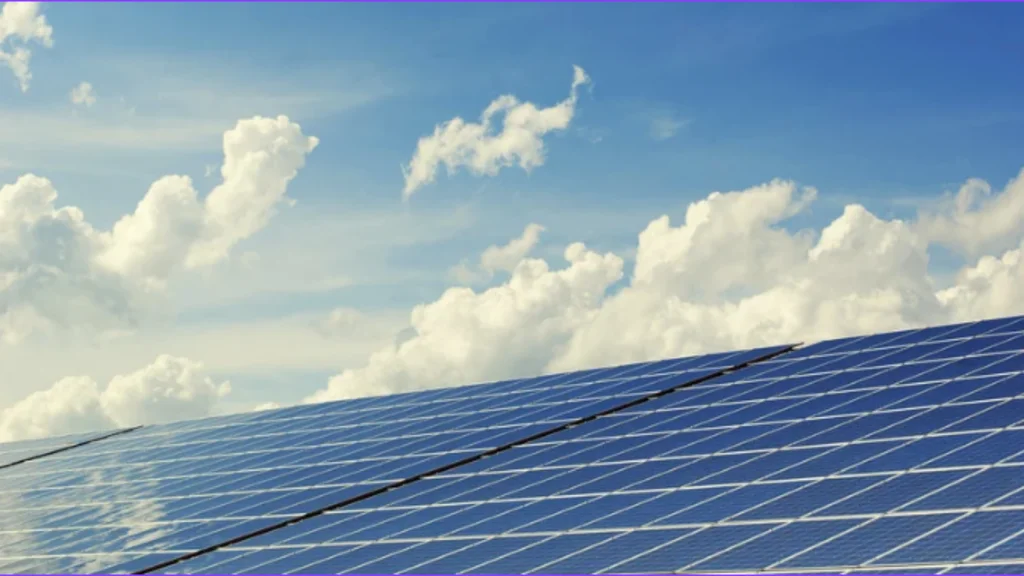
Troubleshooting Common Solar System Issues
Every solar system will experience occasional issues, whether it’s low production, error messages, or system shutdowns. Understanding the common causes can help you respond quickly.
In many cases, simple problems like dirty panels or loose wiring are to blame—issues that can be resolved without major repairs.
Quick Solar Troubleshooting Checklist
| Issue | Likely Cause | Fix |
| Low energy production | Dirty panels / shading | Clean panels, trim trees |
| Inverter error light | Grid sync loss / component fault | Call installer or reboot if safe |
| Sudden output drops | Cloud cover / bird droppings | Inspect visually or monitor over 48 hrs |
| No power at all | Blown fuse / battery failure | Check disconnects and battery levels |
If unsure, always consult a certified solar professional rather than attempting DIY fixes.
Are Solar Uses Really Worth It?
The financial and environmental returns of solar energy depend on how your system is designed, maintained, and utilized. While the upfront costs can be significant, the long-term benefits often outweigh them.
Whether for personal use or business operations, solar continues to prove its value as a sustainable, cost-effective energy solution.
ROI: What to Expect
Most homeowners recover their solar investment in 6–9 years, depending on:
- Local electricity rates
- Government rebates and tax credits
- Sunlight availability
- System configuration and size
Commercial setups tend to pay off faster—often within 3–5 years—especially when businesses take advantage of federal incentives like the Investment Tax Credit (ITC), which can reduce total costs by up to 30%.
Pros vs. Cons of Solar Energy
Pros:
- Reduced energy bills
- Increased home or property value
- Low environmental impact
- Minimal maintenance and quiet operation
Cons:
- High initial costs
- Dependency on weather conditions
- Installation limitations based on roof type or space
- Variable ROI if incentives are limited
Weighing these considerations will help you make an informed decision that suits your energy needs and budget.
Trustworthy Sources for Solar Decision-Making
It’s essential to base your solar decisions on credible, science-backed resources. Below are some trusted platforms where you can dig deeper.
- Energy.gov Solar Basics
- NREL – National Renewable Energy Laboratory
- Manufacturer guides from Enphase, SolarEdge, and Fronius
- State and national solar rebate program websites
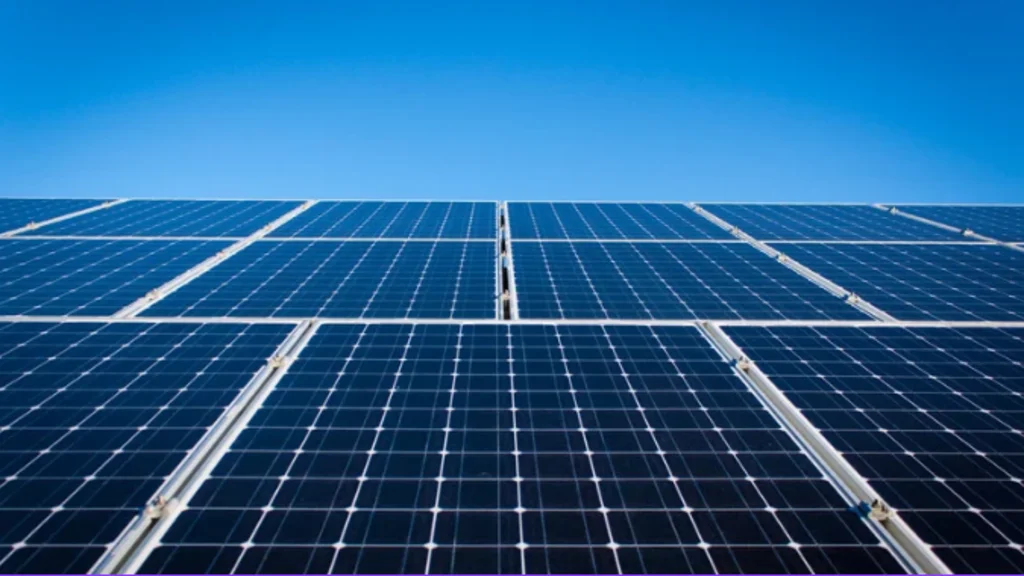
Final Thoughts: Solar Uses Are Expanding—Are You Keeping Up?
From EV charging and residential energy to off-grid cabins and agricultural tools, the uses of solar energy continue to grow. Yet to truly benefit, users must be proactive in cleaning, monitoring, and upgrading their systems as needed.
If your panels haven’t been cleaned in over 3 months, you could be losing 10–20% of your energy output. Book a system checkup today and start maximizing your solar investment.
FAQs
What are the 5 uses of solar energy?
The five most common uses are residential electricity generation, solar-powered EV charging, outdoor lighting, off-grid power supply, and agricultural applications such as water pumping.
What is primarily solar used for?
Solar energy is mainly used to generate electricity for homes and businesses, significantly reducing dependence on fossil fuels and cutting energy bills.
What was the solar used for?
Historically, solar power was first used for heating and drying. Modern systems now convert sunlight into electricity, powering everything from homes to cars.
What can solar power be used for?
Solar power can be used for lighting, heating, water pumping, electric vehicle charging, and powering entire off-grid homes or remote systems.
How is solar useful?
Solar energy is useful because it is renewable, reduces greenhouse gas emissions, lowers energy bills, and increases energy independence.

